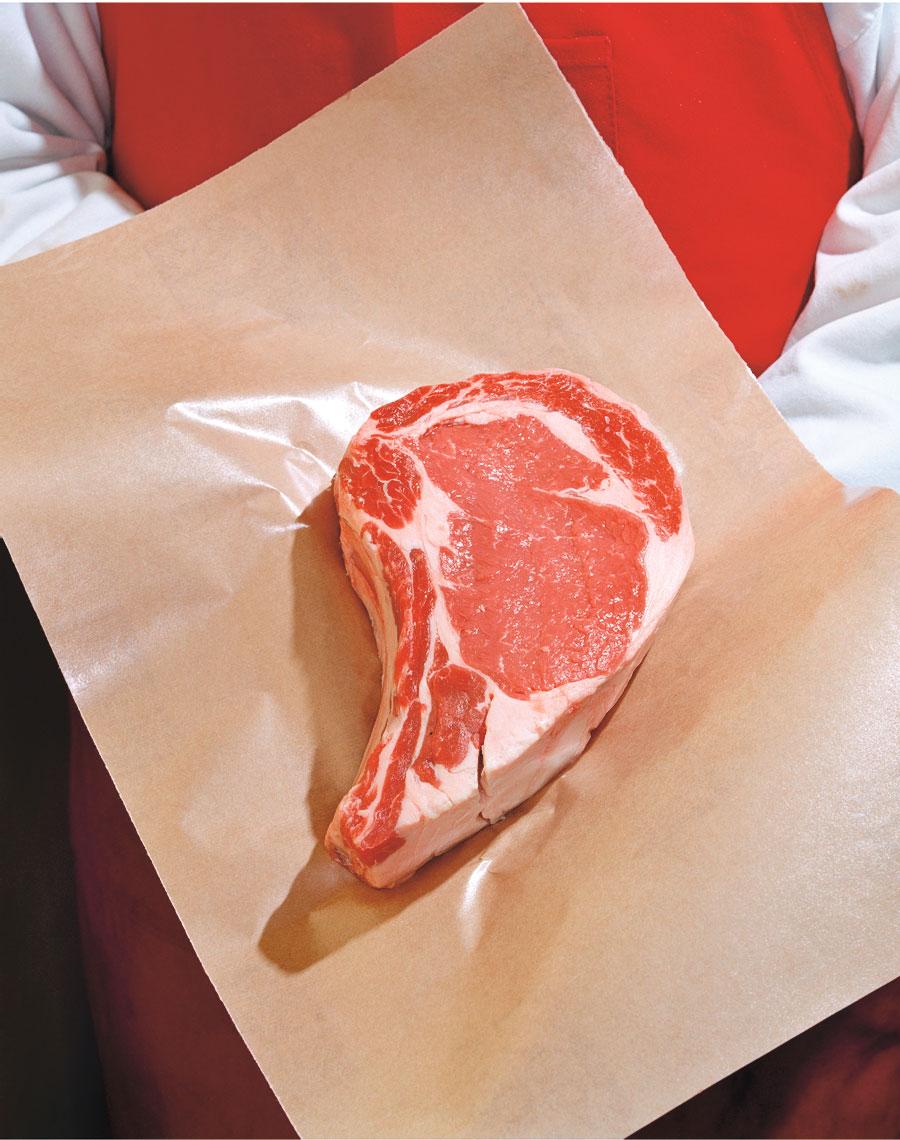Butcher Paper: More Than Just Meat Wrap

Custom butcher paper, a seemingly simple product, has a rich history and an array of uses that extend far beyond its traditional purpose. This versatile material has evolved from a functional tool in butcher shops to a staple in households, restaurants, and creative endeavors. In this comprehensive exploration, we will delve into the world of butcher paper, uncovering its origins, properties, and diverse applications.
The Birth of Butcher Paper
The exact origins of butcher paper are shrouded in the mists of time, but its development is closely linked to the rise of industrial paper production in the late 19th century. As the meat industry expanded, there was a growing need for a material that could effectively wrap and protect raw meat during transportation and storage. Butcher paper, with its strength, absorbency, and grease-resistant properties, proved to be the ideal solution.
Originally, butcher paper was made from recycled materials, giving it a distinctive brown color. Over time, advancements in papermaking led to the production of white butcher paper, which became more popular due to its clean appearance.
Properties of Butcher Paper
Butcher paper is characterized by several key properties that make it suitable for a wide range of applications:
-
Strength: It is remarkably strong and tear-resistant, making it ideal for wrapping heavy items.
-
Absorbency: Butcher paper readily absorbs moisture and grease, preventing contamination and preserving the freshness of food.
-
Grease Resistance: It can withstand contact with fats and oils without becoming saturated or tearing.
-
Uncoated: Butcher paper is typically uncoated, allowing for natural breathability and preventing condensation.
Butcher Paper in the Kitchen
While its name suggests a limited use, butcher paper has become a culinary essential. Its applications in the kitchen extend far beyond meat wrapping:
-
Meat Preparation: Butcher paper is still used for wrapping meat, poultry, and fish, preventing cross-contamination and preserving flavor.
-
Baking: It can be used as a non-stick surface for baking delicate pastries, cookies, and bread.
-
Grilling and Smoking: Butcher paper is a popular choice for wrapping meats during grilling and smoking, helping to lock in moisture and flavor.
-
Food Storage: It can be used to wrap sandwiches, cheese, and other foods for storage.
-
Parchment Paper Substitute: In some cases, butcher paper can be used as a substitute for parchment paper, although it may not be as non-stick.
Beyond the Kitchen: Creative Uses for Butcher Paper
The versatility of butcher paper extends beyond the culinary realm. Here are some creative ways to utilize this material:
-
Art and Crafts: Butcher paper is an affordable and versatile canvas for painting, drawing, and collage. Its large size makes it perfect for group projects or murals.
-
Wrapping Gifts: Butcher paper can be used as eco-friendly and stylish wrapping paper for gifts of all shapes and sizes.
-
Home Decor: Create unique wall art, table runners, or placemats with butcher paper.
-
Packaging: Use butcher paper to wrap fragile items or as a protective layer in shipping boxes.
-
Gardening: Butcher paper can be used as a weed barrier in garden beds or to protect seedlings from frost.
Environmental Considerations
Butcher paper is generally considered an environmentally friendly product. It is often made from recycled materials and is biodegradable. However, it's essential to choose butcher paper that is produced sustainably and without the use of harmful chemicals.
The Future of Butcher Paper
As consumer awareness of sustainability and eco-friendliness grows, the demand for butcher paper is likely to increase. Innovative uses for this versatile material are continually being discovered, expanding its role in various industries and households.
In conclusion, custom wax paper is far more than just a tool for meat wrapping. Its strength, absorbency, and versatility have made it a valuable asset in kitchens, art studios, and beyond. As we become increasingly conscious of environmental impact, butcher paper's eco-friendly nature makes it an even more attractive choice.
- Art
- Causes
- Crafts
- Dance
- Drinks
- Film
- Fitness
- Food
- Games
- Gardening
- Health
- Home
- Literature
- Music
- Networking
- Other
- Party
- Religion
- Shopping
- Sports
- Theater
- Wellness


